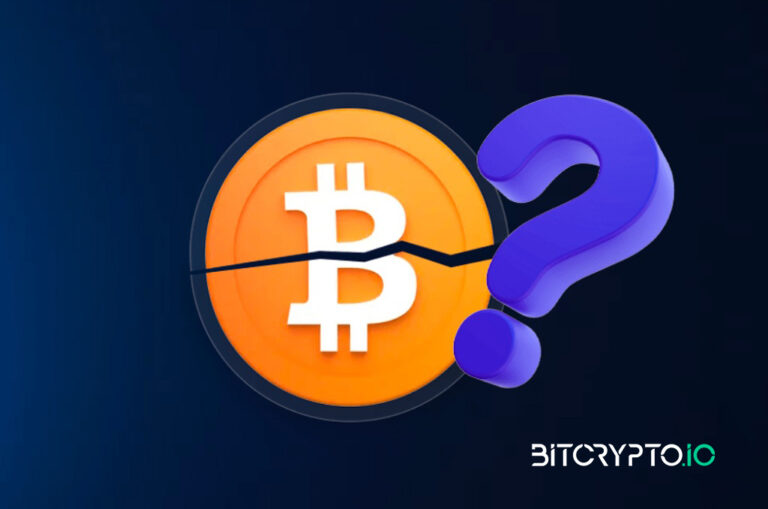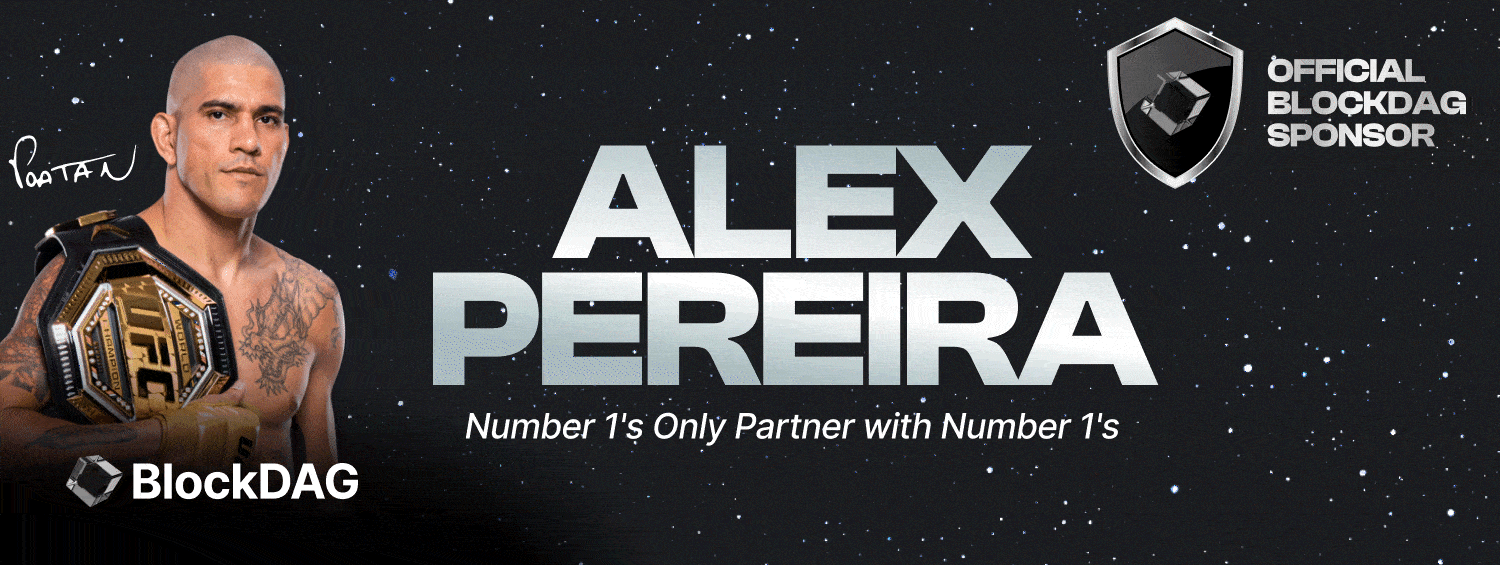The Bitcoin Halving event, a highly anticipated occurrence within the blockchain community, took place with the addition of the 840,000th block to the Bitcoin blockchain. This marked the fourth halving in Bitcoin’s history, a momentous occasion akin to major global events such as the World Cup and Olympics.
In the wake of the halving, Bitcoin’s price remained steady above $63,000, but a remarkable surge in transaction fees followed suit. This sudden increase was largely attributed to the debut of Runes, a novel Bitcoin-based system, prompting a flurry of transactions as enthusiasts rushed to engage in the creation of digital tokens on the blockchain.
Block 840,000, where the halving transpired, witnessed a record-breaking transaction fee of 37.6 BTC, equivalent to over $2.4 million. The victorious mining pool, ViaBTC, received the reduced reward of 3.125 BTC per block. Moreover, subsequent blocks post-halving continued to display unusually elevated fees, indicative of heightened competition among users.
The Runes protocol, spearheaded by Casey Rodarmor, debuted alongside the halving, with more than 850 runes etched within an hour of its launch. The surge in fees, notably in contrast to pre-halving levels, highlighted the unprecedented strain on the Bitcoin network.
Bitcoin developer Jimmy Song commented on the distinctive pressure exerted on the network, with median transaction fees skyrocketing from approximately 100 sats/vByte to 1,805 sats/vByte post-halving. This translated to medium-priority transactions costing roughly $146 and high-priority transactions around $170.
It is anticipated that miners will increasingly rely on higher transaction fees and a potential uptick in Bitcoin’s price to compensate for the reduced mining subsidy. While some view the fee surge as temporary, others perceive it as a potentially lucrative revenue source for miners in the era of Runes.
However, the long-term repercussions remain uncertain amidst ongoing developments and enhancements within the Bitcoin ecosystem, such as the recent approval of spot Bitcoin exchange-traded funds (ETFs) in the U.S. and advancements like the Ordinals protocol, promising greater utility to the network.


























